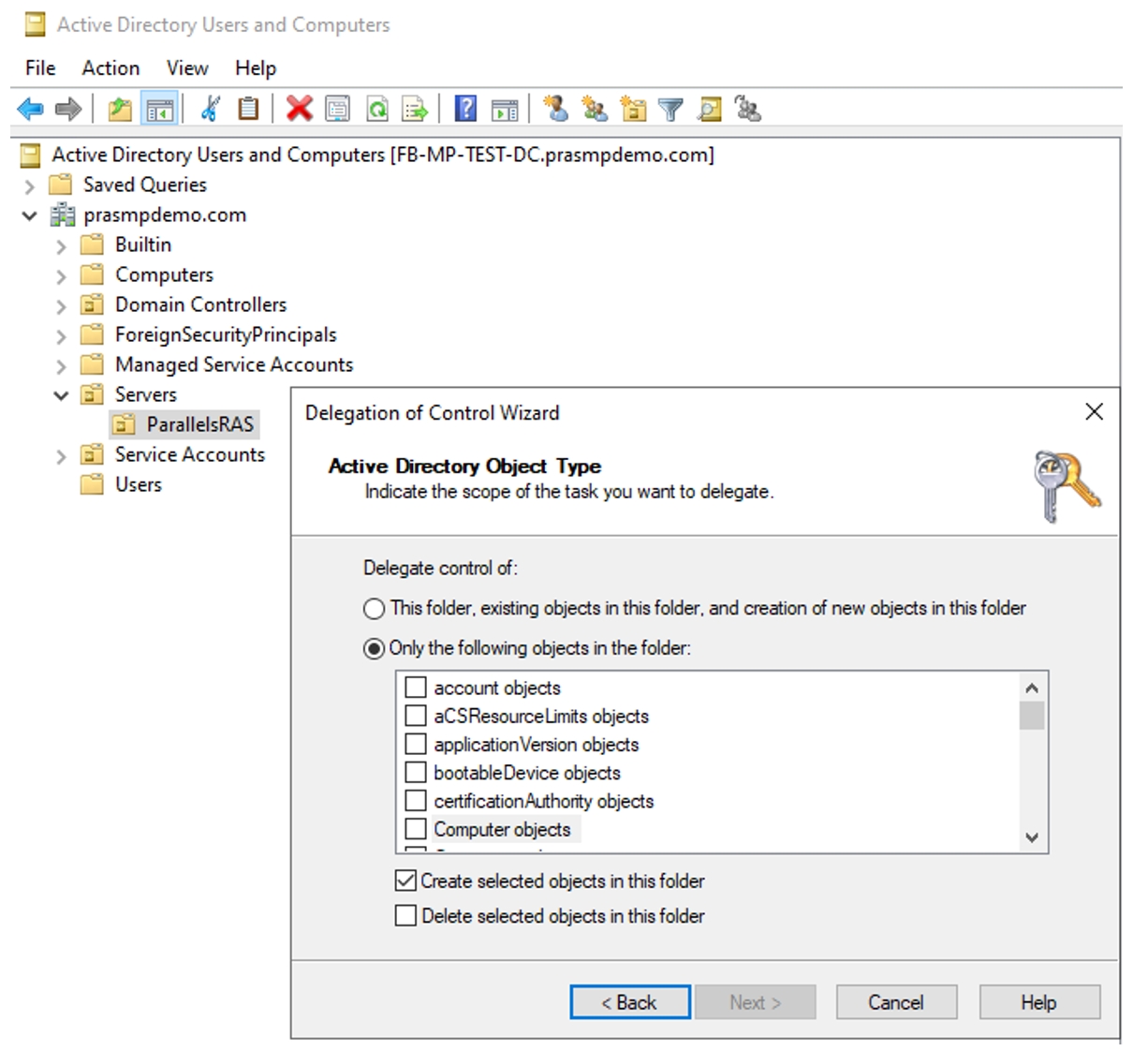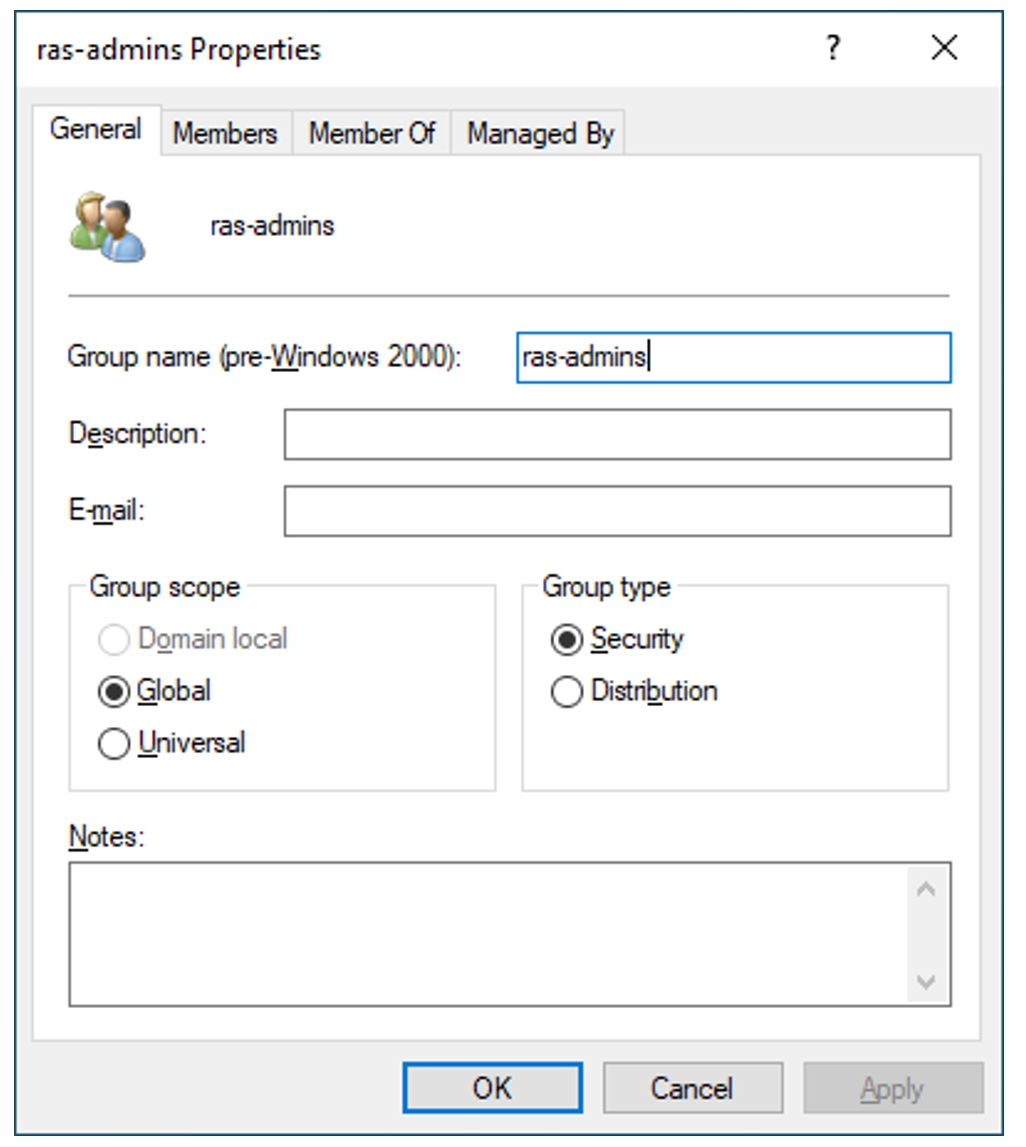
To deploy Parallels RAS using Azure Marketplace, you need at least contributor permissions on the Azure Subscription you are deploying to.
Deploying Parallels RAS using Azure Marketplace allows you to automatically create and configure a provider inside Parallels RAS. If you add a provider, Parallels RAS can later communicate with Azure or Azure Virtual Desktop to create and maintain your environment's resources.
To configure a Parallels RAS provider as part of the deployment, you need to have the Owner role on the Azure Subscription and the Global Administrator role in Entra ID. This is necessary because the deployment creates an app registration and assigns permissions to it in Entra ID and on resource groups.
Creating a Parallels RAS provider during the deployment is entirely optional. You can also do it manually after the initial deployment.
For more information on deploying the Azure Virtual Desktop provider or Azure provider in Parallels RAS after the initial deployment, see:
Since the Parallels RAS environment must be deployed in an existing Azure Subscription and active Active Directory (Entra ID) environment, a few requirements and permissions need to be in place before deploying Parallels RAS through the marketplace.
These requirements are:
The next chapters cover each requirement in greater detail.
This document is intended for customers and partners who are purchasing and deploying Parallels RAS through the Azure Marketplace.
The outcome of this deployment is a full-scale deployment of Parallels RAS in any Azure subscription.
Partners can benefit from simplified selling through personalized offerings and have Parallels RAS and the associated environment contribute towards customers or partners of Microsoft Azure Consumption Commitment (MACC). At the same time, Parallels RAS will be fully deployed in a configurable manner and automatically integrated with Azure Virtual Desktop for an accelerated time-to-value.
At a minimum, three virtual machines must be created in your Azure Subscription containing Parallels RAS infrastructure roles. You can select VM size to use for each role during the deployment. Make sure you have enough quota in your subscription for the VM sizes you want to use. For more information and guidance on how to view and confirm sufficient VM quotas in Azure follow this guide.
A Virtual Network (VNet) must be in place in Azure and this VNet must contain a subnet. The Parallels RAS infrastructure machines will be joined to this subnet. Ensure the subnet you create or use has enough space to host the number of infrastructure servers you want to create. For more information about creating and changing a VNet see .
The VNet must have DNS configured to point to your Domain Controllers (see). For more information about configuring DNS servers on a VNet see .
Create a User Assigned Managed Identity and assign it Contributor Permissions on the Virtual Network you want to use, or on the Resource Group where the VNet resides. For more information about creating a user-assigned managed identity, see .
A healthy running Active Directory Domain Services (ADDS) or Azure Active Directory Domain Services (AADDS) must to be in place. Preferably with synchronization to Entra ID, which is a requirement to deploy the Azure Virtual Desktop integration as part of this deployment. The domain controllers must be accessible via the Virtual Network you select to allow Domain Services communication. For more information about creating Domain Controller in Azure, see Virtualized Domain Controller Deployment and Configuration.
To configure Active Directory Domain Services:
Create an organizational unit where the Parallels RAS infrastructure servers will be joined to.
Create an account with permission to join computers to the domain. The suggested account name is [email protected].
Create a Security Group and add the administrator accounts to it that will manage and maintain Parallels RAS. This group can be expanded later. The suggested group name is .






